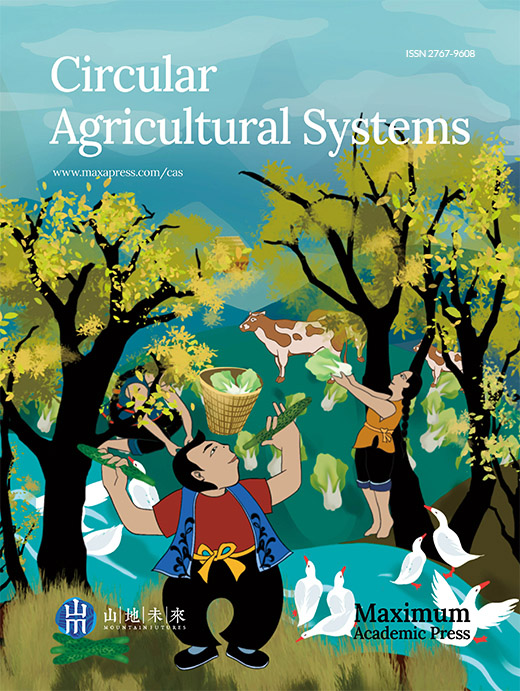-
Nature is in peril. From disappearing plant pollinators in North America, continent-spanning bushfires in Australia, and growing deforestation in Asia, planetary biodiversity is in sharp decline, sounding alarms for scientists and policymakers around the globe[1]. The time to act is now.
Signatory countries to the Convention on Biological Diversity (CBD), a multilateral treaty on biodiversity conservation and management, have sought to contain and reverse these trends. The three main objectives of the treaty are as follows: 1) the conservation of biodiversity; 2) the sustainable use of the components of biodiversity; and 3) the fair and equitable sharing of the benefits arising out of the utilization of genetic resources[2]. Representatives from member states regularly gather to formulate, implement and oversee the action plan for each decade. The 15th meeting (COP15) will occur in Kunming, China from the 11th – 24th of October 2021, where representatives will finalize the post-2020 global biodiversity framework. It viewed by many as humanity's last chance to plot a new course for life on the planet.
-
Researchers are now proposing radical new action to safeguard the planet's wildlife. From the 22nd – 24th of June 2021, nearly 400 on-site and online participants gathered at the FTA Scientific Conference in Kunming, China as part of the buildup to COP15 CBD. The conference was organized around the theme of forests, trees and agroforestry for diverse sustainable landscape. Out of the technical and plenary sessions, the following recommendations emerged for the immediate attention of actors in attendance of COP15 CBD:
1. Protect forests and acknowledge their contributions to biodiversity conservation, climate change action and sustainable food systems.
2. Support forest and landscape restoration.
3. Promote agroecological transformation.
4. Recognize and promote the benefits of diversity from field and landscapes to systems and diets.
5. Leverage the full potential of trees on farms for agrobiodiversity, ecosystem services, resilience and productivity as well as to meet national and global biodiversity targets.
6. Mainstream orphan crops into cultivation.
7. Support innovations in knowledge, technology and institutions for resilient mountain futures.
8. Better mainstream biodiversity in climate change-related discussions, instruments and implementation.
9. Promote fruits, nuts, vegetables and mushroom consumption and production as well as leverage the potential of insects as resources for sustainable food systems.
10. Understand, recognize, support and draw lessons from indigenous cultures, food systems and traditional production systems.
11. Harness the potential of forests, trees and agroforestry to transition to a circular bioeconomy.
12. Promote instruments that facilitate joint consideration of landscapes and value chains for the sustainable management of natural resources.
Conservation, development, regeneration and equity, as guiding principles behind the FTA Scientific Conference, are holistically considered and interwoven throughout these recommendations. Injecting these transformative recommendations into the political discourse can upend traditional modes of thinking about biodiversity[3]. They are thus valuable tools for policymakers, researchers, private- and public-sector actors and indigenous people[4]. Moreover, seriously considering these recommendations can reframe the global biodiversity project as working toward a common good, rather than defaulting into an unproductive humans-versus-nature dichotomy[5].
-
We have arrived at a critical juncture. The COVID-19 pandemic highlights the deep link between human wellbeing and biodiversity conservation for a thriving planet. The time to become better stewards of the Earth is now, not only to safeguard present life on this planet but also for future generations to come. If we wish to pass along a brighter future replete with diverse lifeforms and healthy ecosystems to our children, concerted and ambitious efforts from governments and stakeholders around the globe must now accelerate and intensify. Incorporating recommendations from the FTA Scientific Conference into the post-2020 global biodiversity framework is an important step for ensuring we fulfill our obligation to the lands by which humankind has flourished and build a shared future for all life on Earth.
-
The author declares that there is no conflict of interest.
- Copyright: © 2021 by the author(s). Published by Maximum Academic Press, Fayetteville, GA. This article is an open access article distributed under Creative Commons Attribution License (CC BY 4.0), visit https://creativecommons.org/licenses/by/4.0/.
-
About this article
Cite this article
FTA SSC. 2021. Key biodiversity recommendations from the 2021 FTA Scientific Conference. Circular Agricultural Systems 1: 12 doi: 10.48130/CAS-2021-0012
Key biodiversity recommendations from the 2021 FTA Scientific Conference
- Received: 16 August 2021
- Accepted: 22 September 2021
- Published online: 08 October 2021
Abstract: Nature is in peril. The Convention on Biological Diversity (CBD) as the largest multilateral treaty on the protection of global biodiversity must play a significantly expanded role in the next decade of biodiversity policy development and implementation if we wish to halt and reverse accelerating biodiversity losses. From the 22nd – 24th of June 2021, nearly 400 on-site and online participants gathered at the FTA Scientific Conference in Kunming, China as part of the buildup to the 15th meeting (COP15) of the CBD. From the technical and plenary sessions, 12 recommendations emerged to strengthen the capacity of the CBD and safeguard the planet's wildlife. Participants urge all stakeholders, particularly government actors in attendance at CBD COP15 in Kunming in October 2021, to heed the warnings of experts in attendance at the FTA Scientific Conference to accelerate and intensify efforts to conserve diverse lifeforms and maintain healthy ecosystems by incorporating these 12 recommendations into the post-2020 global biodiversity framework of the CBD.
-
Key words:
- Biodiversity /
- CBD COP15 /
- FTA Scientific Conference












